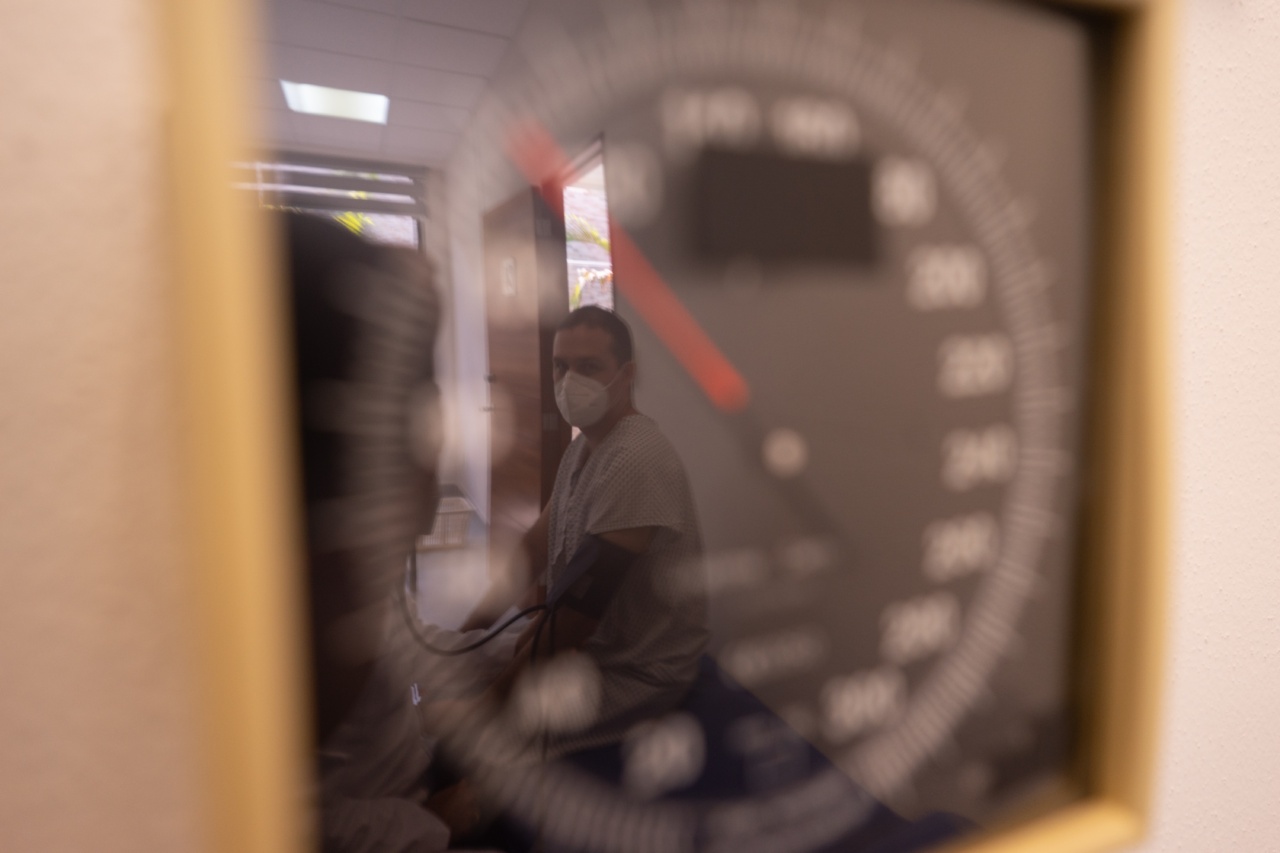Blood pressure is a measure of the force exerted by the blood against the walls of the arteries.
It is measured in millimeters of mercury (mmHg) and consists of two numbers, the systolic pressure (the top number) and the diastolic pressure (the bottom number). Blood pressure is considered normal if it is below 120/80 mmHg. However, blood pressure tends to rise with age, and by the time a person reaches middle age, blood pressure is often higher than it was in their younger years.
In this article, we will explore how blood pressure at 30-40 reflects cardiovascular health.
The Basics of Blood Pressure
As we mentioned earlier, blood pressure consists of two numbers: systolic pressure and diastolic pressure. The systolic pressure is the pressure when the heart beats, while the diastolic pressure is the pressure when the heart is at rest between beats.
High blood pressure, or hypertension, is when the blood pressure consistently measures above 140/90 mmHg. Blood pressure that measures between 120/80 mmHg and 139/89 mmHg is considered prehypertension. Blood pressure that consistently measures below 120/80 mmHg is considered normal.
Why Blood Pressure Matters
Blood pressure is an important indicator of cardiovascular health. High blood pressure puts a strain on the heart and blood vessels, which can increase the risk of heart disease, stroke, and other health problems.
Over time, high blood pressure can damage the walls of the arteries and make them more susceptible to plaque buildup, which can lead to a heart attack or stroke. Prehypertension may not cause symptoms, but it can be a warning sign that blood pressure is increasing and should be monitored.
How Blood Pressure Changes with Age
Blood pressure tends to increase with age. This is because arteries tend to become stiffer and less elastic as we age, which makes it harder for them to expand and contract in response to changes in blood flow.
Additionally, the risk of developing health problems that can raise blood pressure, such as obesity, diabetes, and kidney disease, also increases with age. For these reasons, it is important to monitor blood pressure regularly as we age.
Blood Pressure at 30-40
Blood pressure at 30-40 is an important early indicator of cardiovascular health.
While blood pressure in this age range is still considered normal if it is below 120/80 mmHg, it is important to monitor blood pressure regularly and take steps to maintain a healthy blood pressure. This may include eating a healthy diet, getting regular exercise, avoiding smoking and excessive alcohol consumption, and managing stress.
What to Do If You Have High Blood Pressure
If your blood pressure consistently measures above 140/90 mmHg, or if you have been diagnosed with hypertension, it is important to take steps to lower your blood pressure.
This may include lifestyle changes, such as eating a healthy diet, getting regular exercise, and managing stress, as well as medications prescribed by your doctor. It is important to work with your healthcare provider to develop a plan that is tailored to your individual needs and circumstances.
The Bottom Line
Blood pressure is an important indicator of cardiovascular health, and monitoring blood pressure regularly is important at all ages.
While blood pressure tends to increase with age, an individual’s blood pressure at 30-40 can provide important insight into their current and future cardiovascular health. If you are concerned about your blood pressure, it is important to discuss your concerns with your healthcare provider and take steps to maintain a healthy blood pressure.





























